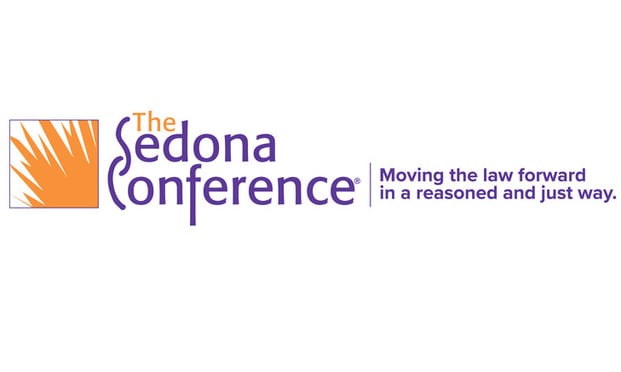Outside of guiding rules of evidence and procedure, the Sedona Principles are perhaps the most often-cited guidelines for handling electronic discovery today. Not only were they used heavily in prominent e-discovery rulings (Principle 6 in 2015’s landmark Rio Tinto PLC v. Vale S.A. decision, for example), but often, opposing parties look to them when finding consensus during the discovery and meet-and-confer process.
But there’s one issue: the Principles had not seen a full-scale rewrite since 2007, when the second edition was released, during the same month as the original iPhone. Since that time, electronic data sources have exponentially increased and e-discovery itself has morphed into a $10 billion business.
This content has been archived. It is available through our partners, LexisNexis® and Bloomberg Law.
To view this content, please continue to their sites.
Not a Lexis Subscriber?
Subscribe Now
Not a Bloomberg Law Subscriber?
Subscribe Now
LexisNexis® and Bloomberg Law are third party online distributors of the broad collection of current and archived versions of ALM's legal news publications. LexisNexis® and Bloomberg Law customers are able to access and use ALM's content, including content from the National Law Journal, The American Lawyer, Legaltech News, The New York Law Journal, and Corporate Counsel, as well as other sources of legal information.
For questions call 1-877-256-2472 or contact us at [email protected]



